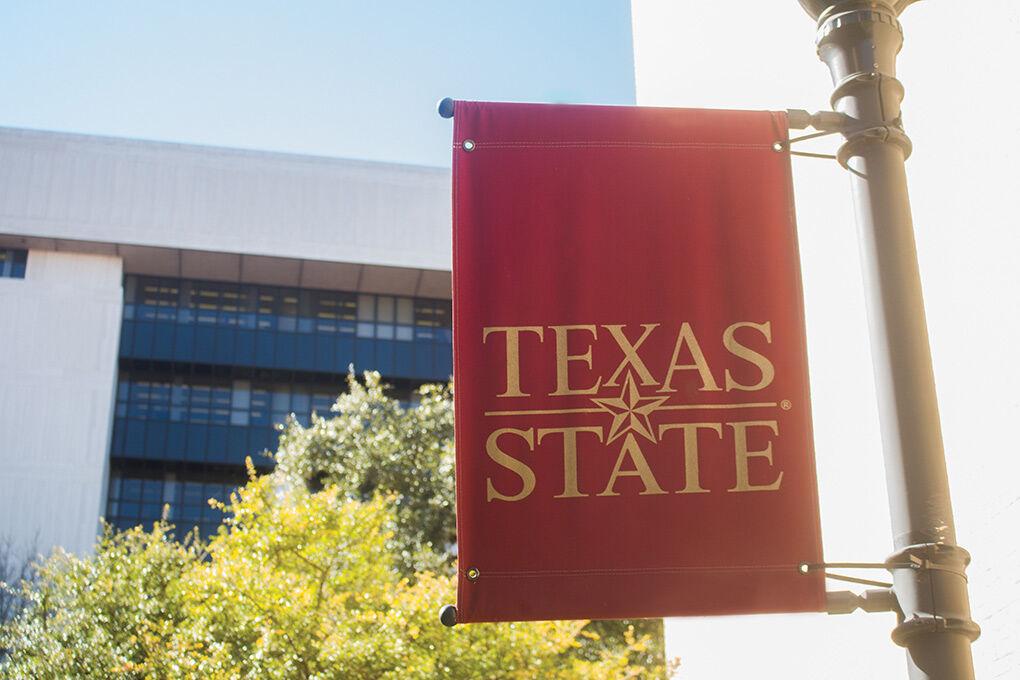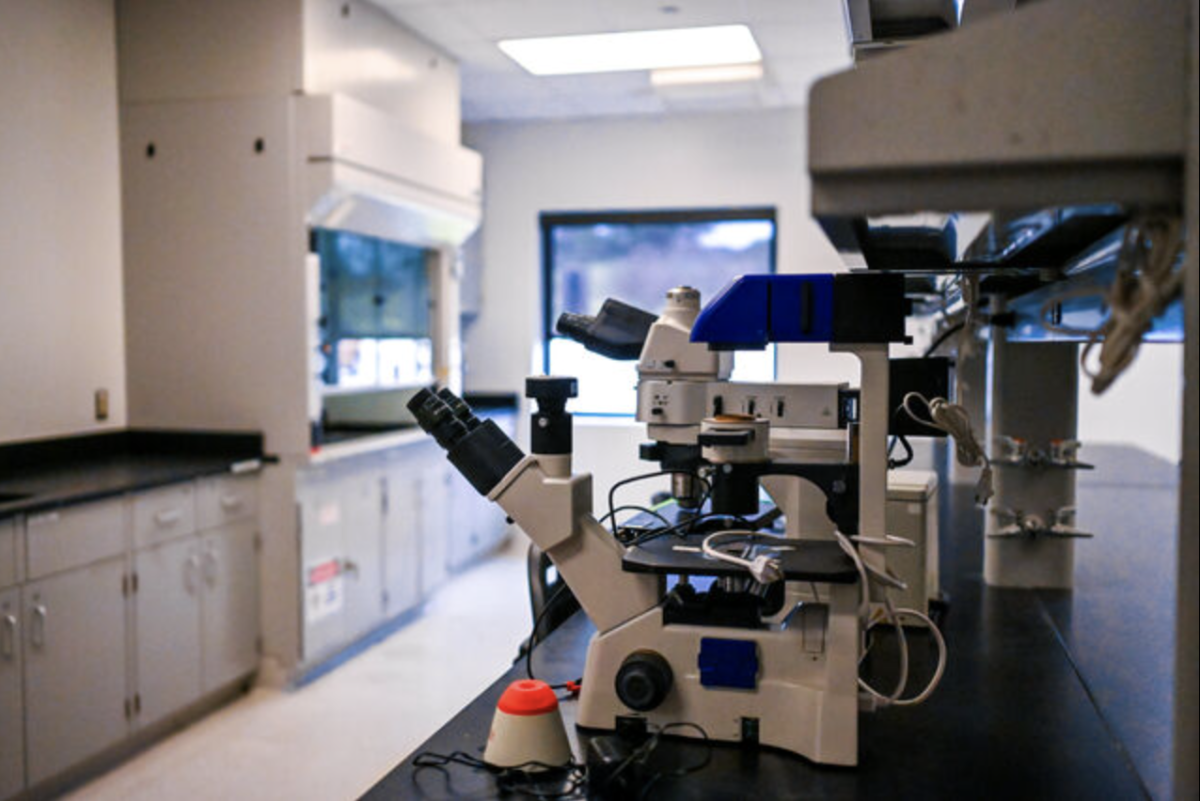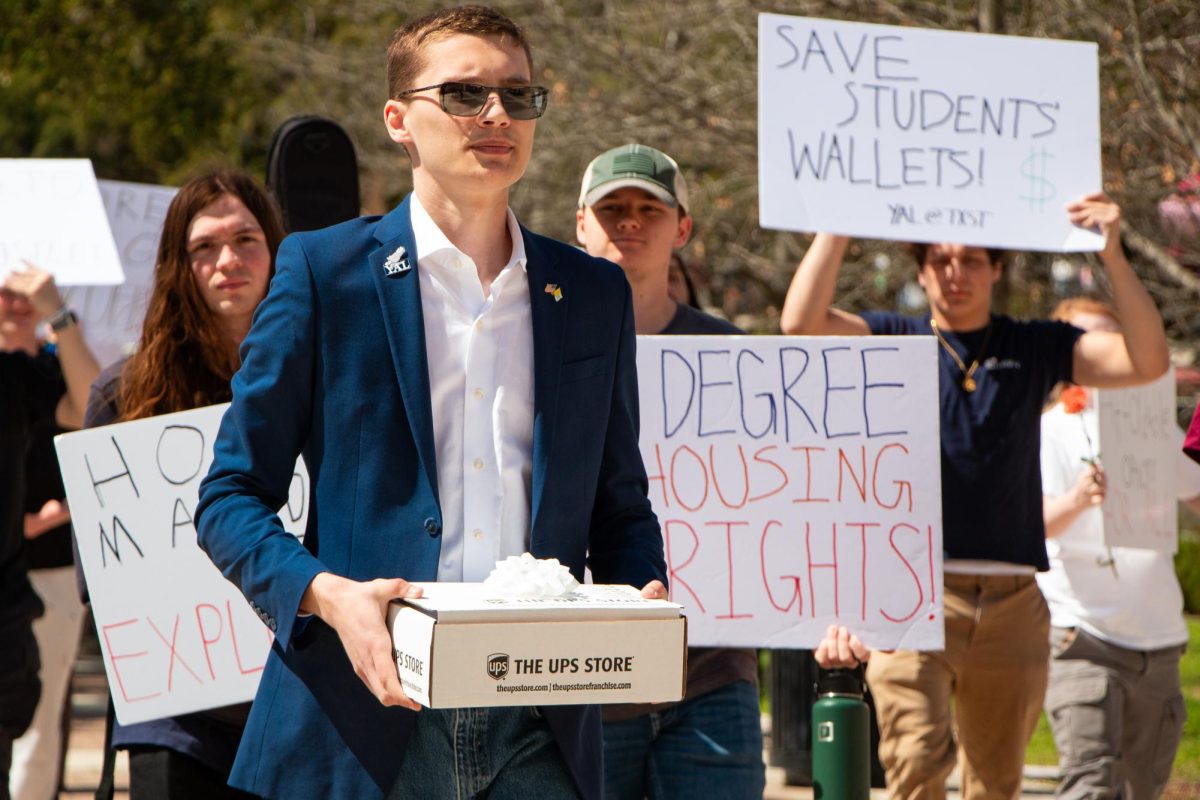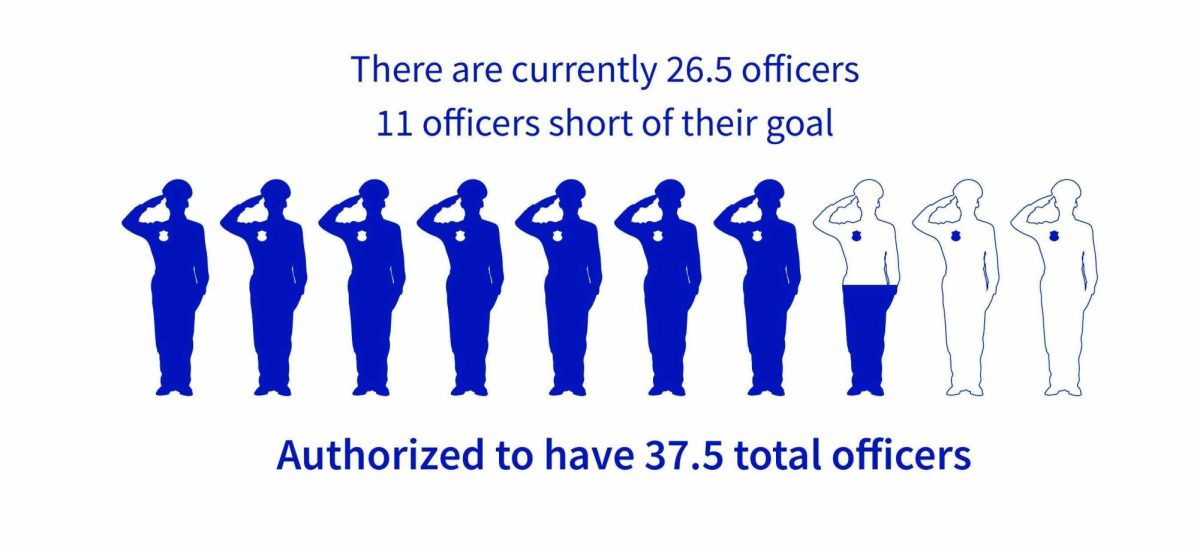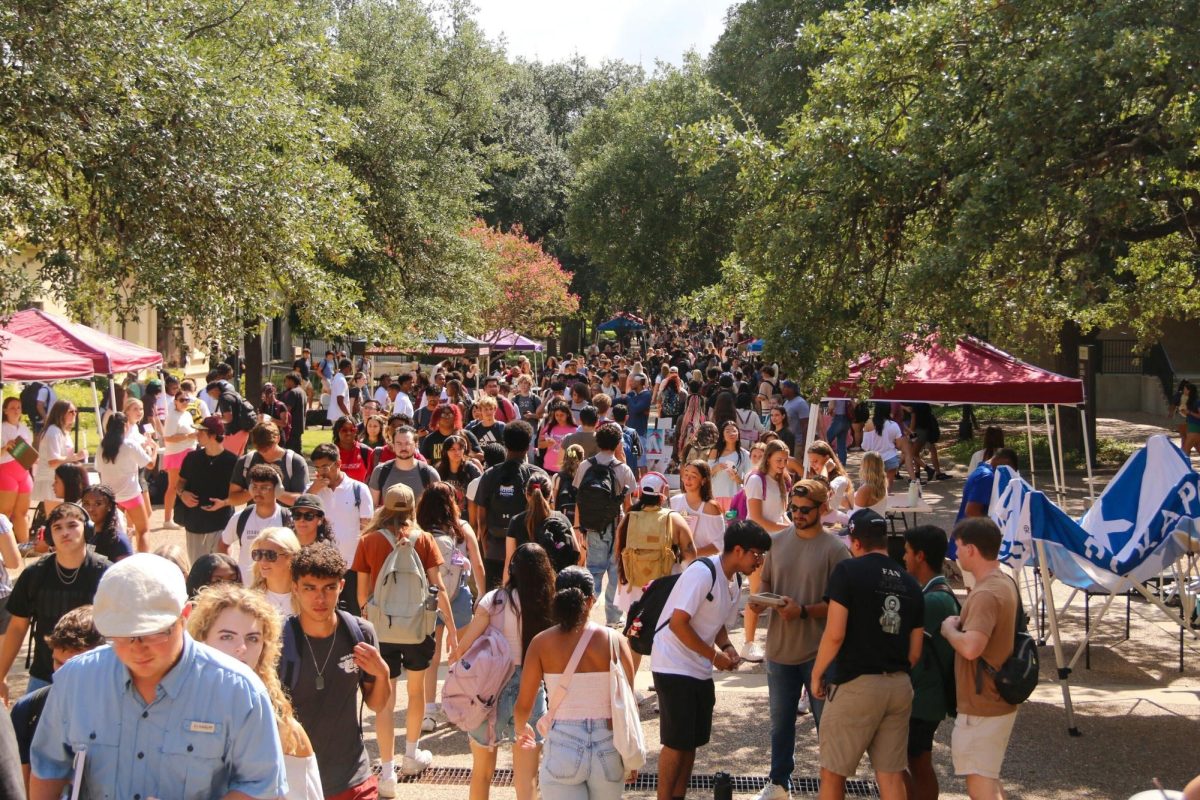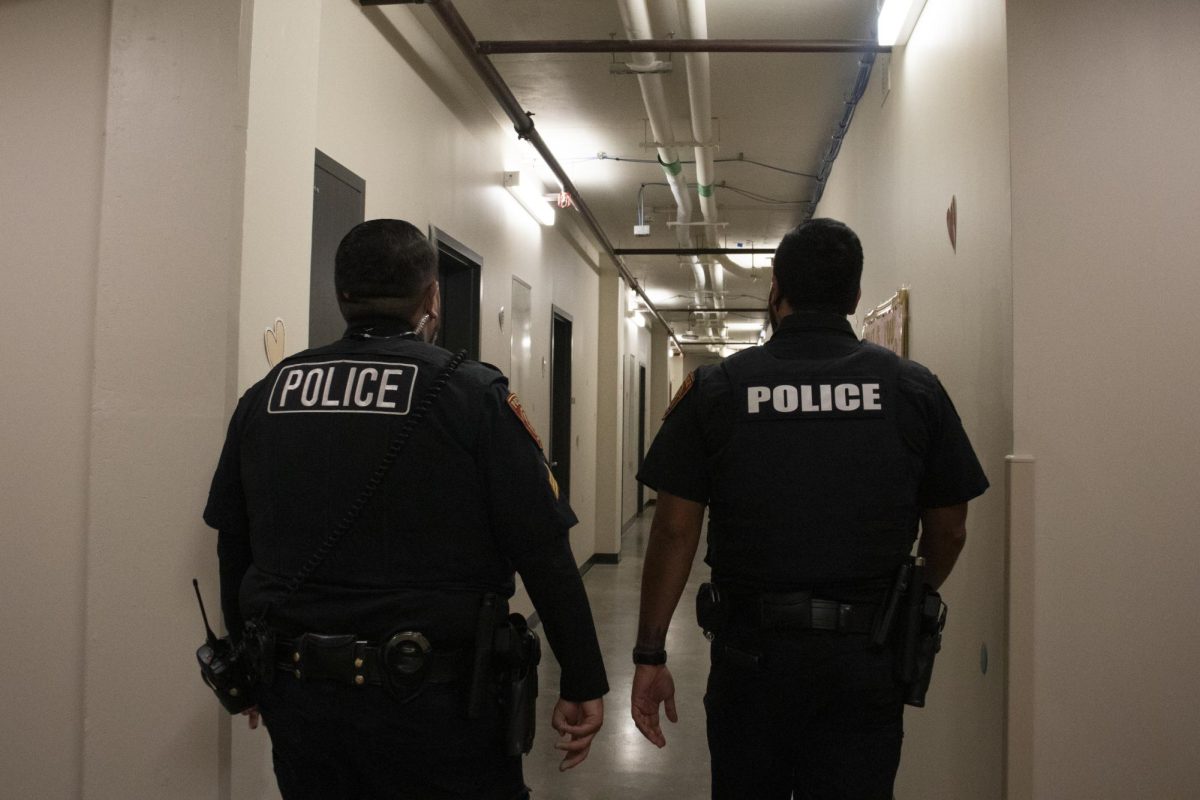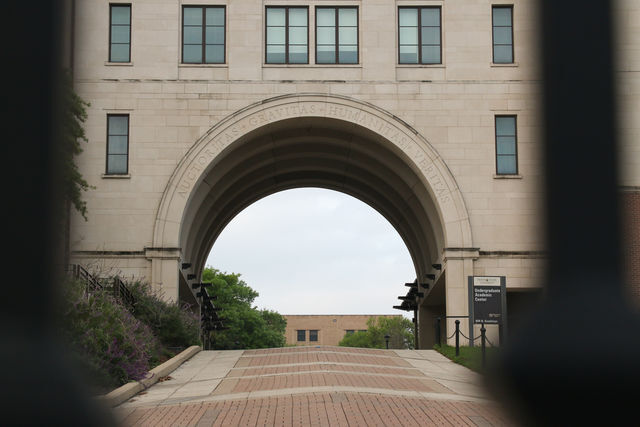Out of a nearly 39,000 undergraduate population, 20,000 students are first generation students. After the first year, 22 percent of students decide to stop attending the university.
Joseph Meyer, assistant vice president of the Office of Institutional Research, gave insight to the times students are most at risk for leaving the university.
“The first year or two are the times of highest risk for the students leaving the university,” Meyer said. “Students that have made it to their third year of school are highly successful at Texas State and unlikely to leave the university.”
Fall 2017 retention numbers are reflected more accurately on the 12th day of the semester when enrollment numbers stabilize.
“When we get those numbers in, we will have a better estimate of how many students are enrolled and hopefully staying through the semester,” Meyer said.
The semester before held 17,911 first generation students and that number is expected to be higher this fall semester.
“While we will have a better understanding of the 2017 numbers later, looking back on the numbers we can see a trend and a risk zone,” Meyer said.
Of those give-or-take 6,000 freshmen, 92.4 percent can be expected to stay in school after their first semester and 77.4 percent after their first full year, according to numbers from last year.
Going into their second year of school, students are retained at a rate of 67.2 percent, where student retention stabilizes after the risk zone has passed. That zone of uncertainty makes freshmen particularly vulnerable to the risk of droping out.
To combat academic pressures, The Center of Student Retention offers aid to locate student resources, organizations and mentors that help the student work through specific issues. The Center of Student Retention helps students pair up with campus organizations and collaborates with students on academic probation to get them compliant with student academic progress.
The Student Retention works with groups that statistical data shows retention lags behind average. Along with the center providing academic redirection, Student Retention works with freshmen commuters as data shows those students are at particular risk at the moment for non-retention.
Iojema Nzekwe, exercise and sports science senior, is a student worker in Student Retention and said students can benefit from student retention centers.
“Because of that risk area, freshmaen especially can benefit from student retention services,” Nzekwe said.
Jennifer Beck, director of the Center of Student Retention, assists students to gain access to resources by advising individually specific programs to students. Most of the referrals are free on-campus study programs like SLAC, PACE, Lab of Modern Languages and other
“The Center of Student Retention focuses on multi-leveled support services for student success initiatives,” Beck said. “From first year, all the way through the graduate level, our job is helping to create connections for students that don’t know how to navigate our campus of 39,000.”
The Center of Student Retention works with students academic and other relating issues.
“If you get into a roadblock, we don’t want people to get so frustrated that they leave the school,” Beck said. “We say, here’s the roadblock and here’s some ways other students have navigated particular problems in the past.”
One room in the Center of Student Retention is set up as a café, for students seeking solicitude. The Student Retention building is LBJ’s former dormitory and remains both an operable historical building and one of the oldest buildings on campus. The building is inside on the corner of University Drive, across from Superfly’s and Subway.
Other organizations such as New Student Orientation (NSO) and Personalized Academic and Career Exploration (PACE) also assist in keeping freshmen retained with informative events, social group encouragement, and providing study spaces, lounges, and important event gatherings specific to freshman students.
PACE offers first-year programs that help students become further focused on the services that may help them complete their degrees. NSO offers many different degree designs after the student has been admitted to Texas State, but continues to offer services for returning students and other parts of the student populous.
“It is very important for students to utilize the on-campus resources, that could be the deciding factor of staying in school or not,” Nzekwe said.
Categories:
First-year students leaving Texas State have identifiable risk areas
September 8, 2017
0
Donate to The University Star
Your donation will support the student journalists of Texas State University. Your contribution will allow us to purchase equipment and cover our annual website hosting costs.
More to Discover


